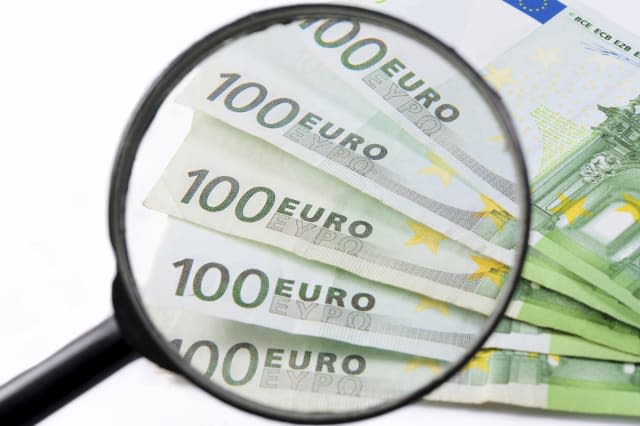Are your Euros genuine? How to spot fake money

Travelling the world is a real luxury but there are somethings that can catch you out while abroad.
For example, how do you know if the foreign currency you've been given is legitimate, and how can you tell the difference between what is fake and what's real?
There are three things you can do to identify fake currency: feel it, check it and bend it.
Captain Robert Pollari, a Financial Police Officer in Italy, says: "You can feel embossed ridges. Some parts of the bill are raised and you can easily feel them."
He adds: "You have to look properly at the security mark, the iridescent ink and the watermark. When you look at a bill through blacklight, the number is printed on both sides and they line up perfectly."
It's unlikely that counterfeit notes will have been able to copy this exactly.
Euro notes also have holographic patches - to make sure the notes you have are credible you need to confirm that the patch shows the Europa logo, the number and the Euro sign.
The most counterfeit bills are €20 and €50 because they are the handled the most and are easy to spend.
Captain Pollari adds: "They don't arouse much suspicion and aren't checked very often.
Have you ever been shortchanged or left with fake notes? Let us know in the comments below.




